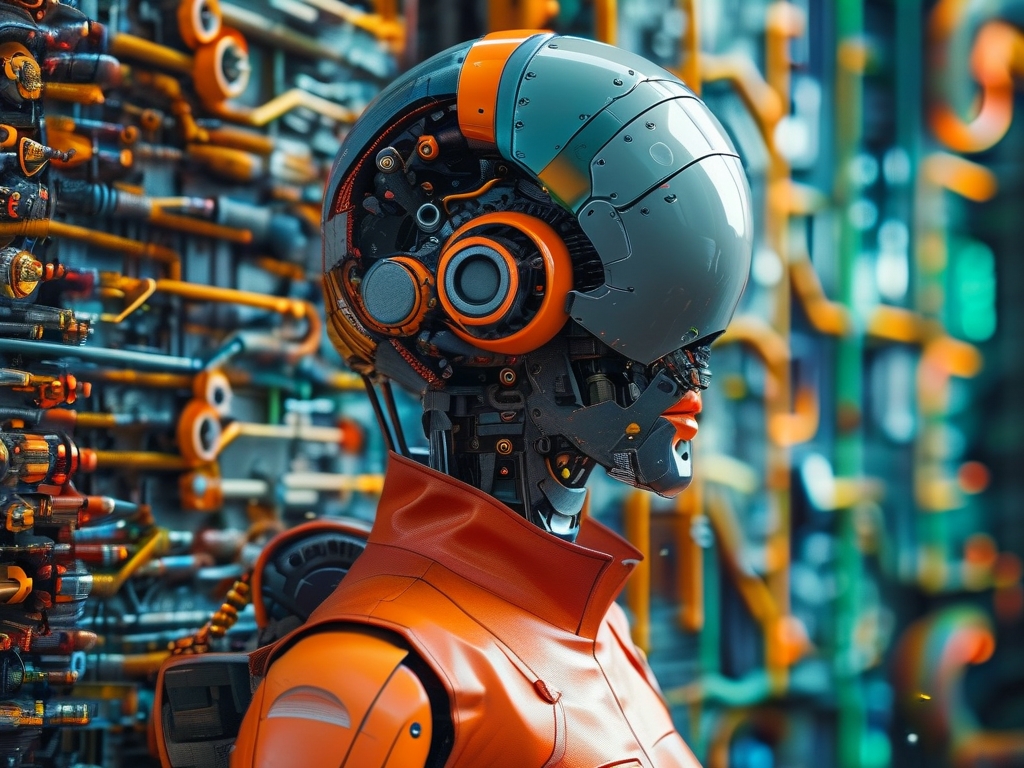In today’s rapidly evolving technological landscape, the intersection of mechanical engineering and algorithm development has given rise to a unique and highly sought-after professional: the algorithm engineer with a mechanical background. This hybrid role combines traditional engineering principles with cutting-edge computational techniques, enabling innovations in industries ranging from robotics to autonomous systems. Below, we explore why this career path is gaining momentum, the skills required, and the opportunities it presents.
The Convergence of Mechanics and Algorithms
Mechanical engineering has long been the backbone of industries like automotive, aerospace, and manufacturing. However, the advent of Industry 4.0 and smart technologies has transformed these fields. Modern mechanical systems now rely heavily on algorithms for tasks such as predictive maintenance, motion control, and energy optimization. For instance, a robotic arm in a factory no longer operates solely based on pre-programmed movements; instead, it uses machine learning algorithms to adapt to real-time changes in its environment.
This shift demands professionals who understand both the physical constraints of mechanical systems and the computational models that optimize them. Engineers with mechanical expertise bring invaluable insights into material properties, thermodynamics, and system dynamics—knowledge that pure software developers often lack. Conversely, their ability to design and implement algorithms allows them to solve problems that traditional mechanical approaches cannot.

Key Skills for Mechanical-Background Algorithm Engineers
-
Strong Foundation in Mechanics:
A deep understanding of physics, mechanics of materials, and system design is critical. For example, when developing control algorithms for drones, engineers must account for aerodynamics, weight distribution, and structural integrity. -
Proficiency in Programming and Data Science:
Mastery of languages like Python, MATLAB, or C++ is essential. Additionally, familiarity with machine learning frameworks (e.g., TensorFlow, PyTorch) and data analysis tools (e.g., Pandas, NumPy) enables engineers to build predictive models and optimize systems. -
Mathematical Modeling:
Translating physical systems into mathematical equations is a core competency. Whether simulating fluid dynamics or designing a reinforcement learning model for robotic pathfinding, engineers must bridge theory and computation.
-
Cross-Disciplinary Communication:
Collaborating with software teams, product managers, and stakeholders requires the ability to explain technical concepts across domains. A mechanical-background algorithm engineer often acts as a “translator” between hardware and software teams.
Industry Applications
The demand for these professionals spans multiple sectors:
- Autonomous Vehicles:
Algorithm engineers design perception systems that interpret sensor data (e.g., LiDAR, cameras) while accounting for vehicle kinematics and safety standards. - Smart Manufacturing:
Predictive maintenance algorithms analyze vibration data from machinery to prevent failures, reducing downtime in factories. - Robotics:
From humanoid robots to surgical assistants, algorithms enable precise motion planning and real-time decision-making.
A case study from the automotive industry highlights this synergy. Tesla’s Autopilot system relies on algorithms to process terabytes of sensor data, but its effectiveness depends on mechanical engineers ensuring that steering and braking systems respond accurately to algorithmic commands.
Challenges and Learning Pathways
Transitioning from pure mechanical engineering to algorithm development is not without hurdles. Many engineers must upskill in areas like:
- Advanced Mathematics: Linear algebra, calculus, and optimization theory form the backbone of algorithm design.
- Software Best Practices: Version control (Git), cloud computing, and Agile methodologies are often new to mechanically trained professionals.
Educational resources such as online courses (Coursera, edX), open-source projects, and industry certifications (e.g., AWS Machine Learning Specialty) can accelerate this transition. Hands-on projects—like building a small-scale autonomous robot or optimizing a HVAC system using reinforcement learning—provide practical experience.
The Future of Mechanical-Background Algorithm Engineers
As IoT, AI, and automation continue to expand, professionals who straddle mechanics and algorithms will remain indispensable. Their ability to innovate at the intersection of hardware and software positions them to lead breakthroughs in sustainable energy, biomedical devices, and beyond.
In , the role of a mechanical-background algorithm engineer is not just a job—it’s a paradigm shift. By merging the rigor of mechanical engineering with the agility of algorithmic problem-solving, these professionals are redefining what’s possible in technology. For aspiring engineers, this path offers a thrilling opportunity to shape the future.




